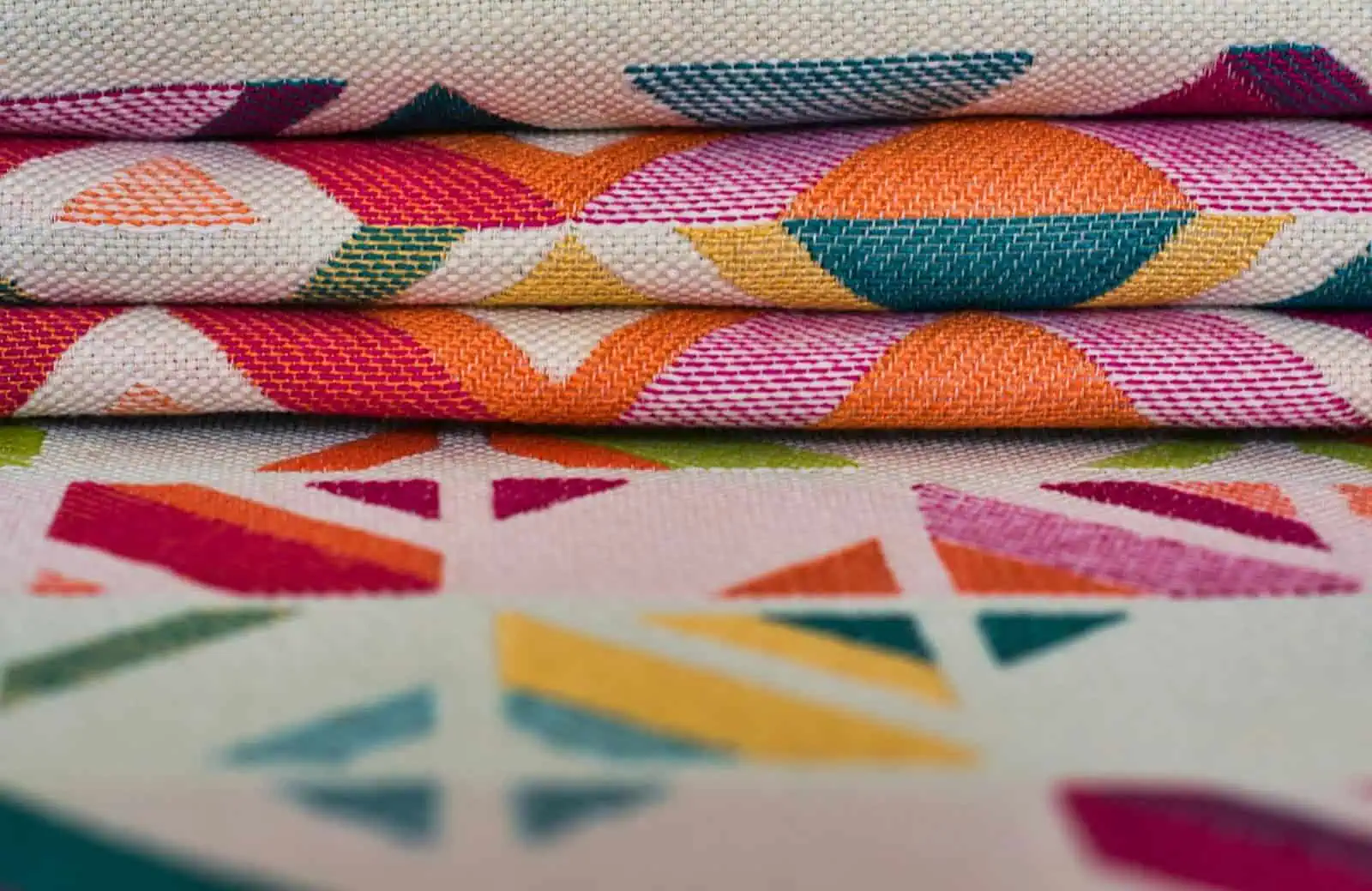Upholstery fabrics are a must-have element of interior design. Whether for looks or comfort, furniture pieces such as chairs, sofas and cushions are covered in these materials. They also provide a visual feeling of texture and colour for a room. When combined with the proper fabric, furniture with an outdated look can be transformed into a trend-setting piece while still serving daily needs. With a range of choices, you need to consider your specific requirements instead of making assumptions. This includes how long the fabric will last, for example, easy care or not, and the style and design of the fabric.
Assessing Durability
Durability is considered when selecting what to use to cover upholstery. The furniture becomes susceptible to damage almost immediately after being put into service. Different upholstery fabrics have vastly different wear and tear performance, i.e., resistance to stain fading. Leathers and microfibres, which are highly resistant to staining and spills, are more durable than most other materials. For instance, leather becomes more carefully toned and comfortable over time.
On the other hand, microfibre has a reputation for keeping dirt off its outer surface. Although sumptuous, fabrics like silk or velvet can be more fragile than the more complex varieties and will need special handling. Choose a durable fabric that is suitable for the right environment and helps extend the life of furniture. It will keep looking good for years to come.
Choosing the Right Texture and Feel
A piece of furniture’s upholstery fabric texture affects its visual aspect and how comfortable it is to sit in. Soft fabrics like velvet or chenille offer a plush, luxurious feeling, perfect for seats intended to sloth around in. Many lean towards these materials because they are comfortable, providing a rich tactile experience. In contrast, fabrics such as linen and cotton have a lighter, more breathable feel that is ideal for warmer climes. Textured materials like boucle and tweed can bring complexity and interest to a piece of furniture, giving it an airier or older look. When considering texture in an entire room’s design, one thing to consider is how the fabric will play with this and whether its tactile qualities match up well with the intended use for those it is being used as furniture.
Considering Colour and Pattern
Your upholstery fabric colour and pattern are essential in establishing your space’s overall vibe and aesthetic. For a bold statement, opt for colours, including deep reds or navy blues, while neutrals like beige, grey or taupe are classic choices that will shrink to blend into the background with various design styles. Patterns create visual interest, with floral, geometric, and striped offerings in choice styles that are both modern and traditional. You should also consider how the selected fabric will coordinate with the colours of other pieces in your existing decor, such as walls and furniture. Darker colours are better at hiding stains, but they can make a room feel smaller, and lighter colours can brighten up a room, but they are more susceptible to looking dirty. Pattern placement also matters to ensure that your patterns line up correctly on the pieces, especially those with larger designs that can be trickier to line up.
Evaluating Maintenance and Cleaning
Ease of cleaning and maintenance is a significant consideration when choosing upholstery fabric, especially if you have kids or pets. Synthetic microfibre and leather fabrics are known for their easy upkeep and resistance to stains and spills. Leather, in particular, can be wiped down with a wet cloth and conditioned to maintain its supple texture. Microfibre is water resistant and can clean surfaces using traditional household cleaning products. However, fabrics like cotton and linen, while ‘soft’ and ‘natural’, may need regular cleaning to maintain their appearance. Some fabrics have to be dry-cleaned again and again. When selecting fabric, consider what maintenance you are ready to put into it and what kind of long-term care it will need to retain its best appearance.
Considering the Fabric’s Environmental Impact
As consumers become more environmentally aware, the environmental impact of the upholstery fabric plays an increasingly significant role in the selection process. Sustainable fabrics such as organic cotton, hemp, and bamboo are gaining popularity because they are made using environmentally friendly methods. These materials are grown without harmful pesticides, and fewer resources are used for their making than those needed for synthetic fibres or other textiles. Also, it means a more sustainable approach that products like recycled polyester fabric could use current resources and reduce waste. Ensure that leading environmental organisations mark the fabric so that its materials and manufacturing techniques fit your sustainability goals. By choosing environmentally friendly furniture fabrics, you can not merely lower the size of your ecological footprint but also contribute to a more beautiful life in line with fashion.
Understanding Your Budget
Depending on its type and top-notch quality, upholstery materials can also vary in cost. For example, natural fabrics such as silk or wool are likely more costly, whereas artificial ones like polyester and nylon offer purchase options for those who can’t afford anything better. Still, it might be the most cost-effective path. However, the long-term calculation should always consider the material’s value. While reputable fabric costs more initially, in the end, it might save you money because a higher quality could mean that it needs low-level maintenance and lasts much longer than an inexpensive substitute held for a short period. Before deciding on the upholstery material, you should do a complete cost analysis of the fabric and any products needed for reupholstering or purchasing new furniture. Include probable costs associated with qualified maintenance and cleaning.
Understanding Fabric Composition
To pick the right fabric for your furniture, you must understand what is used in upholstery. Fabrics are natural fibres (like cotton, wool, linen, and silk) or synthetic fibres (polyester, nylon or acrylic). Natural fibres will give you the classic look you need. Combined with being breathable, artificial materials such as synthetic fibres are usually more durable and can resist stains better. Many fabrics combine natural and synthetic fibres and possess both positive attributes. As welcome bonuses, artistic material blends hard-wearing synthetics with luxury natural materials. Consider cotton’s soft touch, polyester’s resistance to stains, or silk’s luxurious smoothness to the touch and choose the most important fabric.
Assessing the Fabric’s Performance Over Time
Upholstery fabrics can withstand high levels of wear and tear when first purchased; they also have to be sustained over time. Think about how the fabric will wear, whether it will fade, pill or stand up to use over time. For example, leather and synthetic microfibre improve, developing a nice patina, while some other fabrics might show signs of wear in a shorter time. Ensure that you evaluate the fabric from a long-term use and wear perspective, especially if the furniture will receive a lot of high-traffic use. Certain textiles might need protective applications, like stain guards or waterproof finishes, for longevity and aesthetic maintenance.
Conclusion
Choosing the right fabric for your furniture requires considering its texture, colour, and durability level and how easy maintenance would be with this particular product type. By understanding your requirements, examining various textiles, and aiming for one that will improve the appearance of your furnishings and make them serve their functions better, you should find something that suits both your needs and taste. The choice you make about the upholstery fabric should be informed. Whether purchasing brand-new furniture or reupholstering an old print sofa to make it appear brand new, just think of how much simpler your life will be later.

